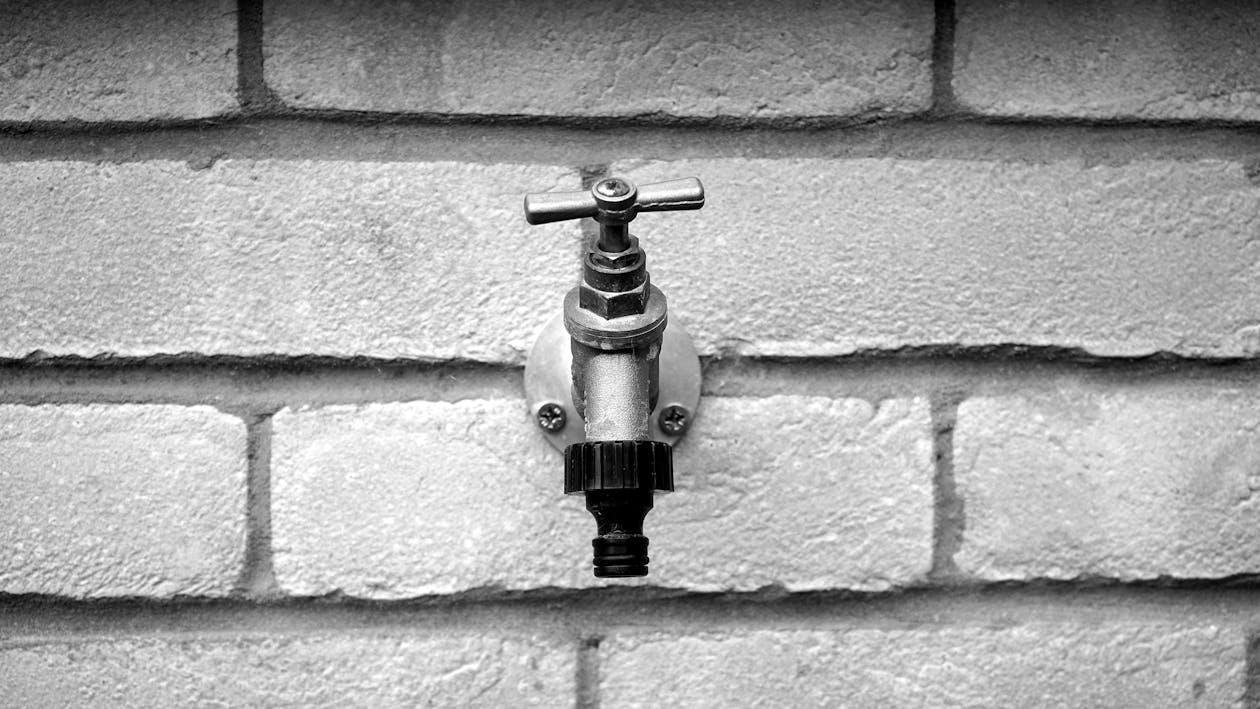
Image Source: Pexels
It is tempting to think that household mold is easy to see and treat. However, some forms of mold in a home can be tricky to find if they are not growing in plain sight. But moldy spores like to pop up in dark, moist areas of your home where they can be hard to find or treat. Check your house at least once a year to see if mold is hiding in unexpected nooks and crannies. Undetected, it can cause allergies and unwanted odors.
Plumbing Fixtures
Carefully inspect all the pipes and plumbing fixtures on all levels of your home. Mold often begins as a slightly discolored or fuzzy white patch on a damp area on or near the sink, pipes, or plumbing joints where a tiny leak may have sprung. Check faucets and toilets, too, especially the wall behind the toilet tank and at the base of the toilet. Washing machines, hot water tanks, and drains may also harbor mold behind or beneath them.
Basements
A visual glance around your basement might reassure you that nothing toxic is growing there. But take a closer look. Some forms of mold grow out of the cracks in concrete floors and block walls. Check around basement windows to ensure they retain a seal when closed to keep moisture from seeping into the basement. Look for condensation on water purifying systems and other equipment where mold may find a place to grow. It is probably a good idea to use an air purifier
especially when the weather is too hot or too cold to open windows.
Behind Walls
While it is not easy to check behind your home's walls to see if mold is growing, you can look for telltale smudges of blue, green, or other discoloration seeping through the wall. This can be caused by a leaky roof or drain pipes that let rain water and other forms of moisture drip behind interior walls and eventually cause damage. Notice any strange smells, too. If you find a suspicious area, contact mold removal experts, like Icon Property
, who have plenty of training and experience to tackle the problem professionally. It might be a good idea to have the home's vents checked, too.
No one likes the idea of mold growing in their home. Regular inspections will help to find mold early when it is still early to treat. Use the tips above as a great place to start looking for mold around your home. For more detailed questions and information, contact a mold expert.
Emma is a freelance writer currently living in Boston, MA. She writes most often on education and business. To see more from Emma, say hi on Twitter @EmmaSturgis2

